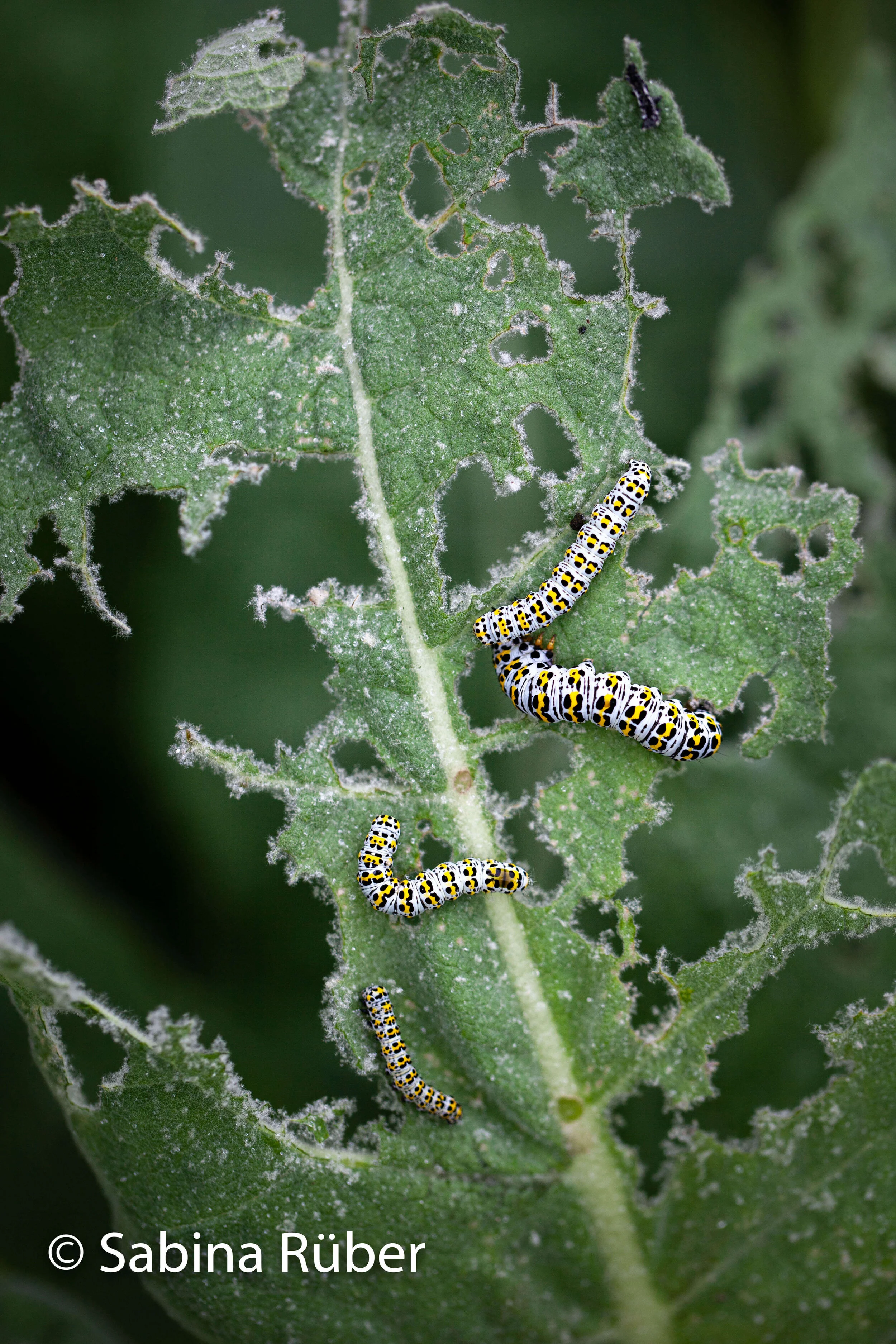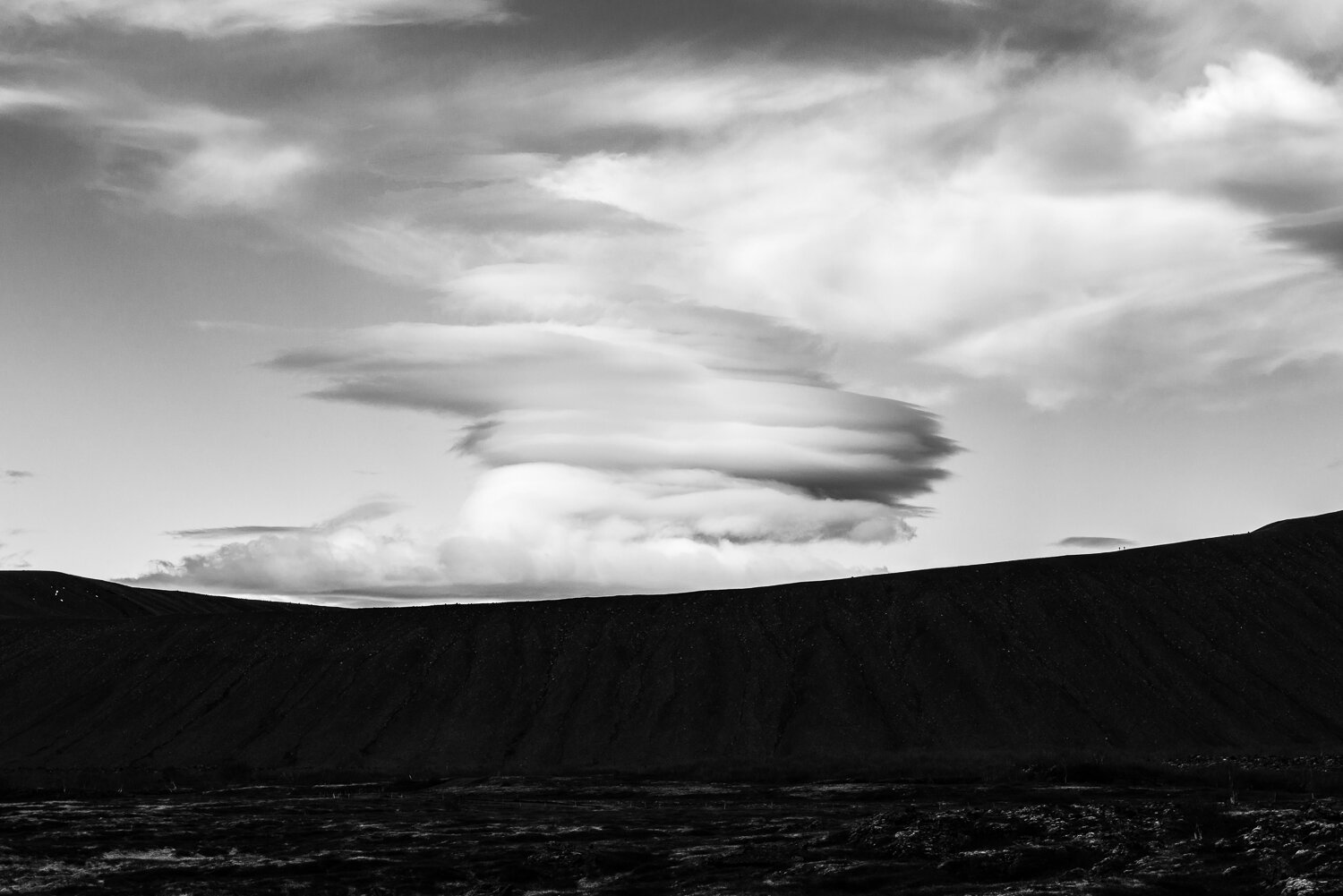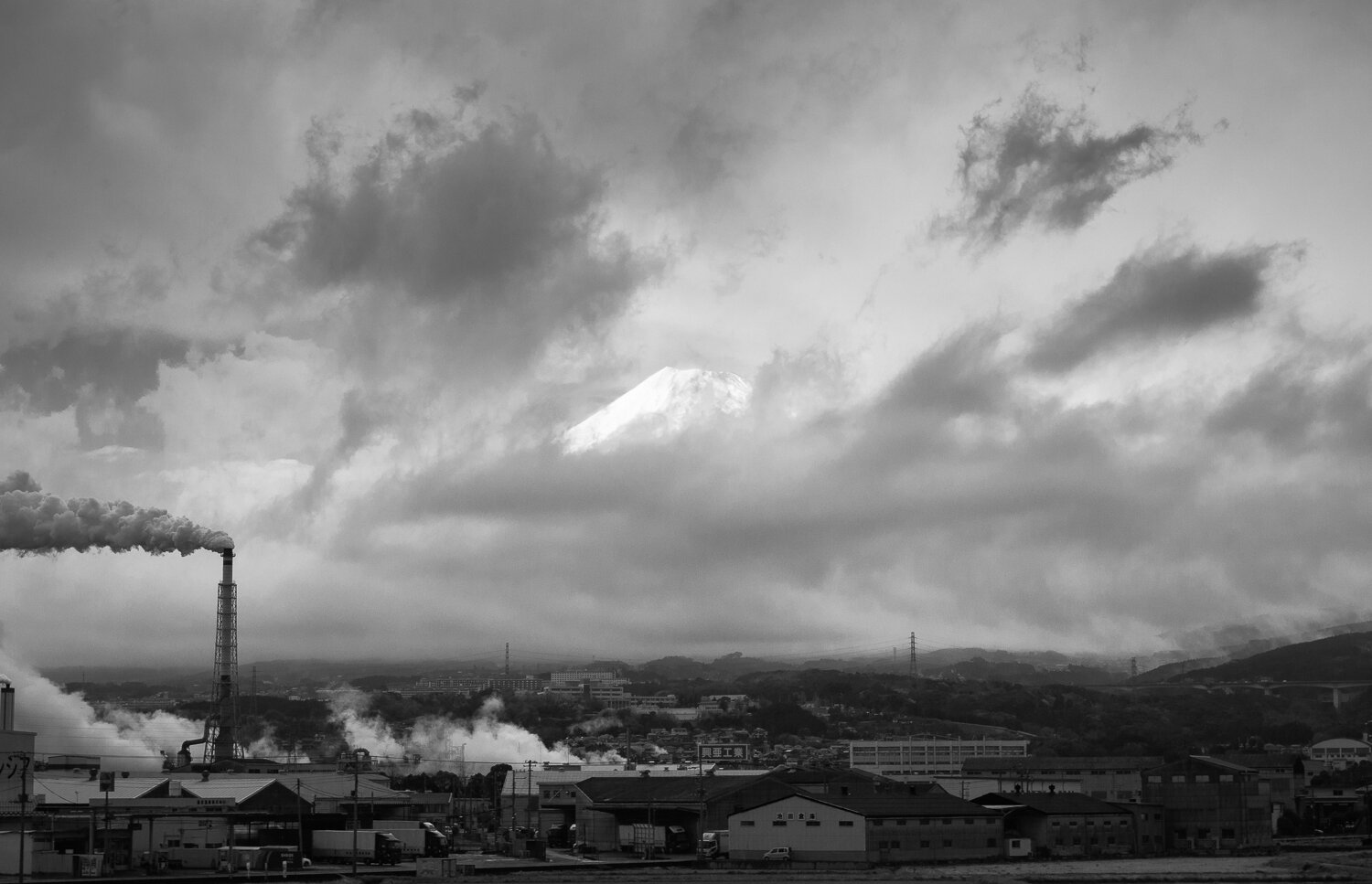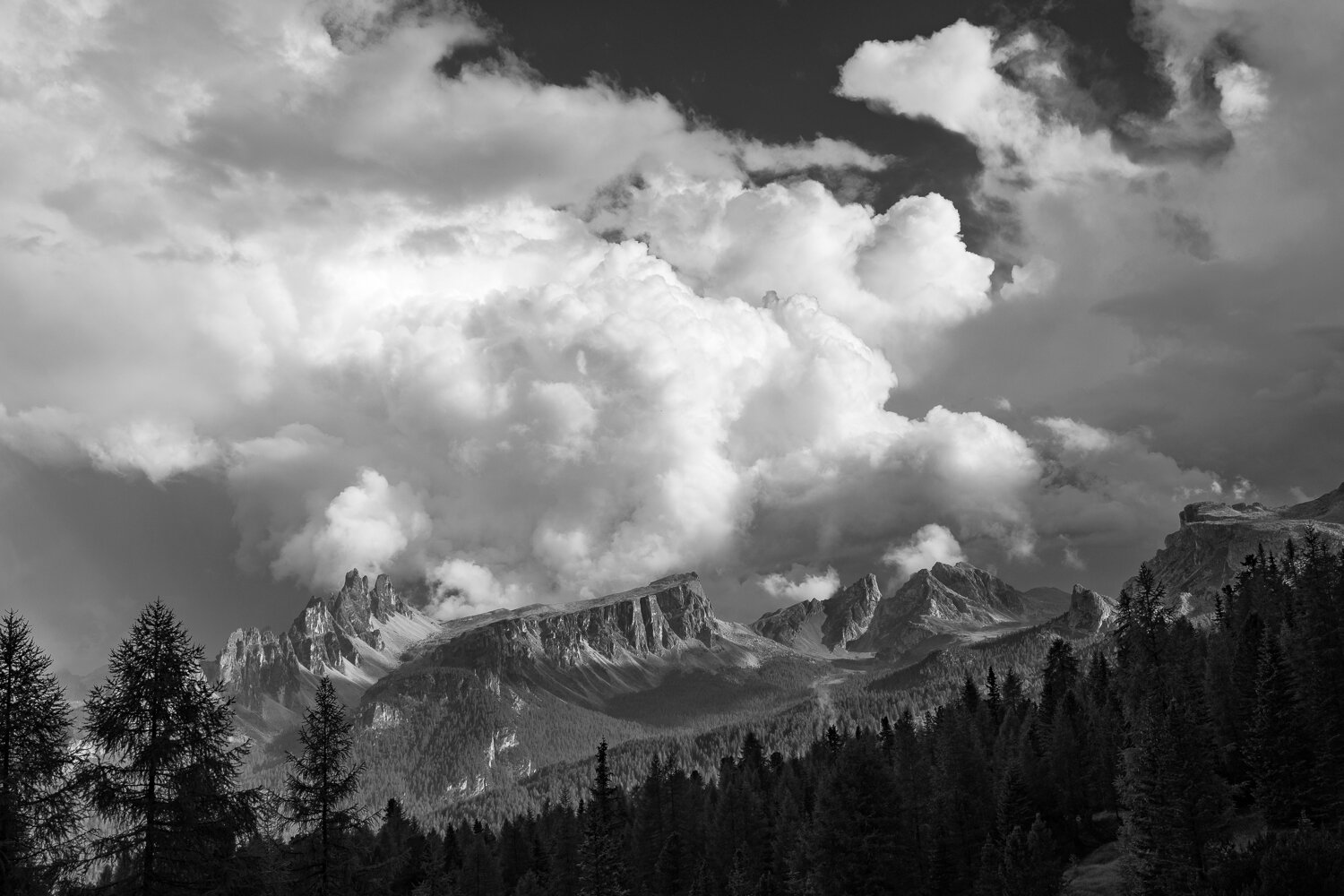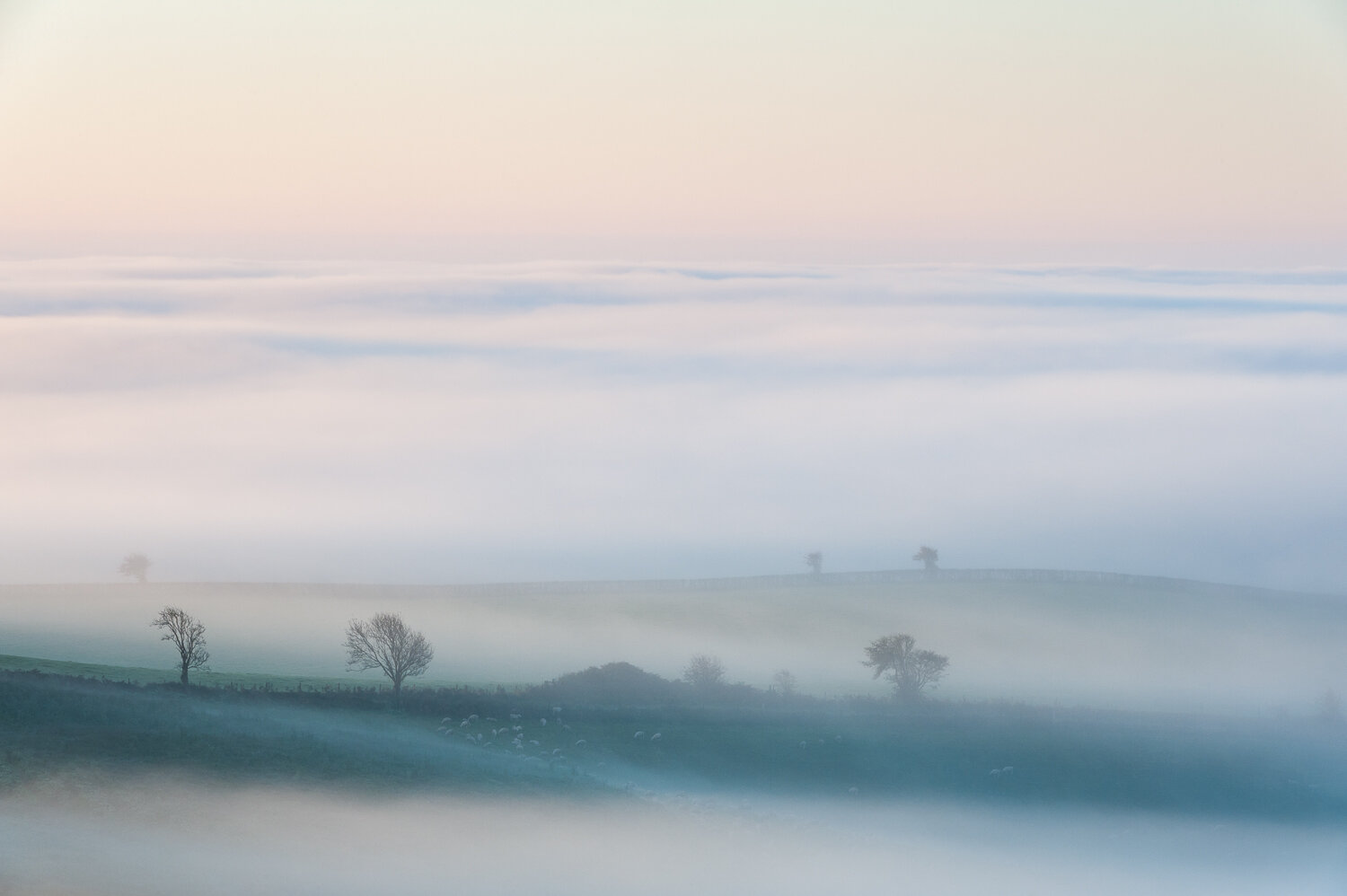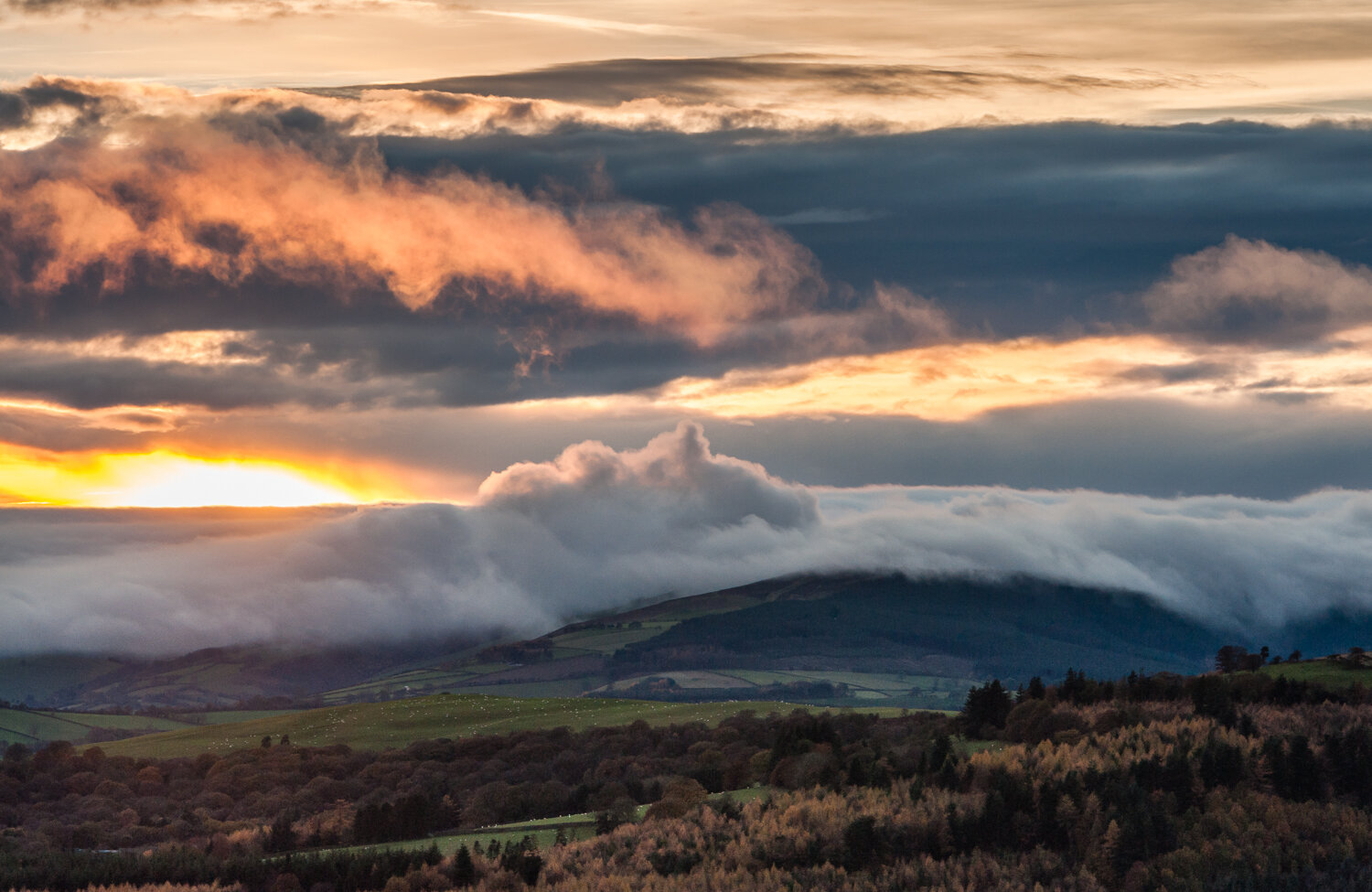Leaving lockdown…
Hi Everyone
The Lugg Blogg bounces on into an uncertain future. Brave Presteigne souls have claimed to have travelled as far as Lingen in order to sit in a pub garden and discuss the ‘Old Days’. I have been thinking about the ‘Old Days’ as well. I have been trying to record a version of One For My Baby. a song that was a favourite of genius, Dutch guitar player Frank Sutherland who I mentioned in a previous Blogg as the guru behind My Baby. Fred did it, Frank Sinatra did it, even Bono had a crack at it so why not me?
I had a butchers on YouTube at the Fred Astaire original and decided it would make a great video. I had hoped to dance on top of the bar while smashing champagne glasses but although the film does incorporate a dance sequence it’s more West Side Story meets Willy and The Hand Jive as performed by a very badly trained herd of circus elephants.
I had also envisaged Dave Luke as an early 60’s Bob Dylan character but he ended up as a sort of beatnik Buddy Holly with a pathological dislike of dance sequences! Still never mind, to make up, my second video is a very funny recreation of an Urban Myth about Bob and Dave Stewart. If you have seen this before I apologise. If not, you are in for a treat.
Pete
TO MEET A PANGOLIN - Tania Mosse
Has anybody in Radnorshire eaten a pangolin?
Has anybody even seen a pangolin?
Suddenly a few months ago we were hearing a great deal about these strange primitive looking mammals.
Soulful pictures of them looking out at us appeared in newspapers and magazines.
We learned how they have been slaughtered, their scales sold for medicines and potions, and their meat turned into stews.
We have heard discussions about a possible link in the Covid 19 outbreak.
I wondered about these persecuted creatures and felt compelled to make a tribute to them.
So I found a rough fossil-ridden piece of Hornton stone and carved a portrait.
INTO THE WEST - Tony Lawson
It was a long drive from London. Our little Renault 4 was fully loaded with two steamer trunks and enough stuff to keep a family with young children going for a long time, on bends the soft suspension felt like a boat rolling in the surf. I was travelling alone; Christine and the two children were to follow in a day or two.
As I got closer, the lanes became more twisting and I learnt the only way to avoid stray animals emerging from hidden gates, was to keep to the centre of the road.
Eventually I reached Annascaul and our rented house. It was to be our home for the next six months, or that’s what we thought: time proved to be elastic and the months became a year.
I was there as the assistant editor on Ryan’s Daughter, a film being directed by David Lean on the west coast of Ireland. At that time David Lean could do no wrong. His last two films, Lawrence of Arabia and Dr. Zhivago, had been enormous financial successes and MGM had given him a blank cheque to make his next film, a love story set in a small Irish fishing community in 1916. For a young assistant, it was considered an honour to work for such a renowned filmmaker.
Christine had given me a list of essentials to purchase as soon as I’d recovered from the journey, so I went off to the local shop - the only one in the village. It was my first lesson in the meaning of words and phrases: I asked for some bacon, and in return was asked how many rashers I wanted. Thinking that bacon was the same everywhere I said eight slices. That’s what I got, but each was half an inch thick!
Another phrase I grew to love was, “A soft day”, as a form of greeting, meaning, “It’s grey, overcast and drizzling, and it’s going to be like that all day”.
Annascaul
Annascaul sits between two ranges of hills that stretch the whole length of the Dingle Peninsula. It had once been the home of the explorer Tom Crean. He’d travelled to the South Pole with both Scott and Shackleton, becoming something of a hero during the Shackleton expedition, walking 35 miles across an ice shelf to rescue one of their group. He eventually returned to Annascaul and opened The South Pole Inn, one of only two bars in the village. Looking at this tiny and remote village, it was hard to conceive that anyone born there would become a polar explorer.
The main base for filming was in Dingle, about 10 miles further west. The editing crew was amongst the last to arrive, which meant most of the accommodation in Dingle had already been taken, hence my being a few miles away.
My first task was to set up the two editing rooms, workbenches, storage racks and equipment that had been shipped from England. Then all we had to do was sit back and wait for the film to arrive.
Dingle was reputed to have 50 pubs. I never tried to verify the number, but I do believe it. In what appeared to be a clothing or hardware store there’d be a small corner counter stocked ready for the thirsty shopper.
The town had once had a fishing fleet, but now it was much reduced and whatever was caught was quickly packed in ice and shipped off to Dublin. So the only fish available came frozen, having returned from Dublin. But we did manage to get fresh herring’s roes direct from the fisherman’s cooperative, lovely on toast with a dash of cayenne pepper.
Dingle market
A regular monthly market was held in the main street, amongst parked cars and anything else that was in the way. Men gathered to discuss the price of the sheep, which huddled in groups against the doors of the houses. As you can imagine, the smell of sheep shit was overpowering. Not a day to go shopping.
Atlantic weather has been shaping the Dingle landscape for centuries, it’s almost treeless, bleak, and windswept, startling in its prehistoric beauty. The way clouds would tumble over the hilltops like water over a waterfall, always fascinated me.
The road to Inch
View towards the lake
Minard Castle
Weekend walks around Annscaul were stunning, the road over the hill to Inch Beach, wonderfully desolate and windswept; the lake just outside the village, so still and black, impossible to tell how deep; the pebble beach at Minard Castle. There was a mystical atmosphere to the place, which made it easy to imagine you were walking in the footsteps of something much older.
Returning from a walk one Sunday, we encountered the entire village walking in the opposite direction: they’d just left church. I had the uncomfortable feeling that from that moment we were marked as heathens - certainly the priest never spoke to us during the whole of our stay in the village.
Filming was slow, there were many delays because of bad weather – the west coast of Ireland can and does often experience all four seasons in one day. Months stretched into a year, and then some. Alcohol consumption throughout the filming increased to such an extent that by the time they left, several of the crew and small part actors were a few stone heavier than when they arrived. Tales of outrageous excess by cast and crew became the subject of legend and eventually several books were published giving the gory details, another coming this month.
Somehow filming was completed, but we didn’t return to England, instead moving just a few miles east to Killarny, where for a several more months, in a wing of The Great Southern Hotel, the majority of the editing was completed.
Looking back now, one sad aspect of the experience was that even before the cameras turned, the film was doomed. Audiences had been exposed to the new reality of the 1960s and films like Breathless, Alfie, Easy Rider and Performance: hand-held, cinema verité camera-work, smaller, more realistic stories were now the order of the day. During the edit, we’d watched, Z, a film by Costa-Gavras and Blow-Up by Antonioni, both reinforcing the outmoded nature of David’s film.
When released it was a moderate success with the public, but the critics savaged it. It’s believed those criticisms stung David so much; he didn’t make another film for fourteen years.
For me, the enduring memories of that time are of the place, the warm friendliness of everyone that lived there and the astonishing landscape.
A Soft Day on Inch
MINDWEED - Sarah Pearson
Mindweed by Lois Hopwood
“Are you still writing at the moment?” The professional author enquiring is finding the strain of living in isolation inimical to serious writing. I too have found ‘lockdown’, as though we are prisoners, no inspiration. I might have imagined that the absence of external obligations would unleash an outpouring of creativity. I daresay some dynamic folk are already polishing the first draft of their Covid-19 novel – but not me. I don’t have an internal book demanding to be released from confinement, but before the curtailment of commonplace routine I was trying to write 500 words a day, purely for the pleasurable discipline of selecting those words and arranging them in a satisfying way.
So instead, digging in what is designated a flowery pollinator patch, I ruminate on how I used the hours of the preternaturally early, hot, dry spring to exhaust myself physically. This calmed the repetitive thoughts that otherwise snaked around anxiously and futilely. I had not intended to be digging at all; I have become a disciple of Charles Dowding and the No-Dig method. But this neglected area was overrun with what is surely in the top ten of pernicious weeds: calystegia sepium. This was formerly convolvulus sepium, but for doubtless perfectly good reasons the botanists reclassified it. Whatever you call it, as a gardener you probably don’t have a good word to say for it. It has some pretty and expressive names according to Richard Mabey’s ‘Flora Britannica’, including bellbine, bethwine, withywind, granny-jumps-out-of-bed, robin-run-the-hedge, snake’s meat, devil’s guts. “…would be a fine rockery plant if it were less aggressive” observes Mabey, but I’m not convinced.
How did it arrive here? It is (for which I am thankful) the only part of the garden with this plant. For years this patch has been a cheerful mix-up of simple annual flowers that are beloved by bees. At one point I may have added a beguilingly inexpensive box of mixed wildflowers from the supermarket, something I would have advised myself against had I known better. Could bindweed really have been included as a wildflower seed? Would anyone be so cruel?
There are many other jobs I could usefully be doing outside. I feel the necessary enticement to build a frame for the runner beans waving wildly in search of support – or to weed and thin the increasingly chaotic rows of carrot, beetroot, kohl rabi and chard. But there is something hypnotic and obsessional in crumbling each sod in my palm to extract even the thinnest white threads of root. If left, no doubt they will become engorged as the familiar fat tubes and push through to the light.
As I methodically - almost mindlessly - dig, stoop, straighten, repeat… I find that I am humming an old Flanders and Swann number about a mixed marriage between a honeysuckle and a bindweed. It has been said that this song, ‘Misalliance’, was evidence of racism, but my grandfather played it on a record player to my sister and I when we were very small, and we all had an innocent enjoyment of it.
“Poor little sucker, how will it learn, When it is climbing, which way to turn? Right, left, what a disgrace, Or it may go straight up and fall flat on its face!”
Is this true, that the bindweed spirals anticlockwise when it ascends whereas the more refined honeysuckle rotates clockwise? If I have my way, these specimens are not going in either direction, but the roots seem to twirl in pointless arabesques as they coil through the soil, as if in anticipation of life above soil level.
And so my uneasy thoughts wander and twist below the surface, as insidious, as determined, and as unwelcome as bindweed. And, I grimly suspect, equally impossible to eradicate.
Le Marché Désert - Chez Céleste, John Hymas
A couple of years ago for some reason I started writing music with a distinct French flavour. Bertie Playle and I formed a duo last year to play these pieces and others. Here is an example.
GARDEN @ No 3 - Sabina Rüber
The Garden at No.3 is principally a stage set for plants. Many of them are grown in pots and containers ready to be moved into place when just right. On cue, they're carefully placed in amongst the permanent residents and the self seeders for their ‘fifteen minutes of fame’. Usually as stars in their own right, but also in supporting roles - before being whisked away once they’ve done their bit. Waiting in the wings for another chance to perform.
However, the past few weeks have mainly been about Sweet Peas. Most are grown off-site but pass through No. 3 for their portraits - bringing buckets full of gorgeous colour and intoxicating scent.
Self-seeders and ‘feeders'
Poppies: Papaver rhoeas ‘Amazing Grey’ and ‘Pandora'
Rosebay willowherb: Chamaenerion angustifolium food for the Elephant Hawk-Moth and great for bees: Astrantia major
Verbascum thapsus and with the mullein moth caterpillar: Cucullia verbasci
Two varieties of courgettes: Cucurbita pepo ‘Tondo Chiaro di Nizza’ and ‘All Green Bush'
Permanent residents and still going strong:
Sweetly scented Rosa ‘Jude the Obscure’ and the oddly unscented Rosa x odorata ‘Mutabilis'…
A LOCKDOWN REDUCED ORCHESTRATION OF THE CUNNING LITTLE VIXEN
Jonathan Lyness
When lockdown arrived in the second half of March, I’d already spent three weeks working on a new reduced orchestration of one of Leoš Janáček’s last great operas The Cunning Little Vixen. I’d actually started tinkering with this around five years ago, encouraged by the idea of performing the opera with a smaller group of players than the large orchestra for which it was composed. In early March I opened up my full score again (1924 edition), which is not always entirely legible, to find it made even more illegible by my pencilled annotations and copious notes (literally) on how the parts could best be divided amongst just thirteen players. And so, there I was, at 7.00am at my home in Lingen, with coffee in hand and score in front of me, switching on my laptop, opening up ‘Sibelius’, and hitting ‘New…’.
At this point, normal procedure is to enter a key signature. But here, as in so many ways, Janáček departs from the norm. The Cunning Little Vixen has no key signatures! It seems such a simple thing, but players generally prefer a key signature rather than multitudes of accidentals. But if there’s one thing string players really don’t like, it’s playing in too many flats. For violinists, this is a particular issue – it means squashing their left hands against the scroll of the instrument, almost into a half position, which is uncomfortable (especially for those with big hands!) and makes vibrato difficult to accomplish. Puccini loved A-flat minor, but he holds nothing on Janáček, who uses many flats, and regularly uses whole sequences of double-flats, often in bars or phrases that also include the odd sharps or even double-sharps. It’s not so much that it’s difficult to play – it’s just difficult to read!
As for time signatures… Well, yes, Janáček does at least give us time signatures. But that’s almost a misnomer and the time signatures are often irregular and exotic, and not necessarily indicative of the pulse of the music. Here’s the thing: Janáček’s music is infused with folk-song elements, with twists and turns often hard to notate, both harmonically and rhythmically. Then there is his obsession with the Czech language, which he endeavours to notate as naturally as possible. And then, in Vixen, he goes one stage further, with his melodic ‘characterisations’ of animal sounds. Here the composer has become a musical naturalist, and there are places in the score where he does actually abandon the time signature altogether, a prime moment being when the vixen and fox disappear off-stage to make out (!). It’s clear to me that much of Janáček’s melodic material appears to him in a natural state, without reference to time or key signature, but with a melodic purity that he subsequently notates as best he can.
That’s all very well, until we find phrases that seem as if they should be the same, but have in fact worked out differently in the wash, despite the fact that they are being played simultaneously by two different instruments. Which version to choose?! On a broader level, the fastidiousness towards scene-flow that we see in the operas of Verdi and Puccini (and later, in Britten) does not always appear to be at the forefront of Janacek’s mind. Instead there are countless times where it seems that, as a performer, one is being asked to square a circle. Janáček will mark ‘accel.’ (getting faster) into a section that is steadier, and vice versa. And commonly a rhythmic motif reaches a point where either the motif must dissipate or stagnate in a way that no composer could have desired, or the musical flow must be so abruptly altered that the effect is that of a bad gear change. Someone once told me that the late Charles Mackerras, a pioneering conductor of Janáček, struggled with these issues and, in the end, had simply done his best to work through them, as if dealing with a set of jigsaw pieces that must, occasionally, be cajoled and/or maneuvered into place.
Janáček wrote The Cunning Little Vixen during the extraordinarily creative period at the end of his life when, in his sixties, he produced many of his greatest masterpieces. Composers at this time (1920s) were still writing what’s called a vocal score – that is, voices with piano accompaniment – and subsequently orchestrate. Janáček’s method was to compose straight into full score, and his manuscript paper had many, many staves. He would write ‘ideas’ – so, horns here, or clarinets there, or strings on one stave only, divided, say, into four parts and called simply ‘violins’, or ‘violas’. So there might be a passage with violas and double basses divided into many parts, and violins and cellos doing nothing at all. That was clearly the sound he wanted, and he wasn’t going to ‘conform’ to the normalities of string divisions for the logistical benefit of a ‘normal’ orchestra.
In addition, he excels in giving instruments parts that are almost impossible to play. I remember as a student, studying his Piano Sonata 1905, discovering that pianists without the benefit of three hands would invariably have to resign themselves to ‘doing their best’ in an effort to keep rhythms aligned and tempos flowing. In Vixen, in the beautiful transitory night scene in Act 1 leading towards the dawn chorus, the clarinet, marked ‘piano’, sails up to an unbelievably high top B-flat whilst the flute sits close by wondering why he/she isn’t playing, and in the love scene between the vixen and fox, the flute is expected to play repeated high ‘piano’ C-sharps while the piccolo sits twiddling his/her thumbs in the next door chair. The strings are frequently given whole phrases of unobtainable harmonics, and then there’s the harp part! Much of this is quite simply unplayable, meaning that harpists have to decide how to adapt it in certain places to produce something close.
Did Janáček know how a harp works? Of course he did. Janáček simply wrote what he wanted, without the niceties of orchestral filling, seamless continuity, correct spelling or instrumental friendliness. The result is a kaleidoscopic richness of ideas, and it is left to others to make his music work. When Mackerras first discovered Janáček and ‘introduced’ him to the UK in the late forties/early fifties, he was asked to describe the music, and he said “well, it’s a mixture of Mussorgsky and Debussy and Mahler and Sibelius etc… and all these composers kind of wrapped up and I can’t really describe it - we’ll just have to do it and you’ll see!”
An extract from the full score of the love scene between Vixen and Fox
Jonathan Lyness is Music Director of Mid Wales Opera. He lives with his family in the village of Lingen, just outside Presteigne, and hopes one day to be conducting opera again…
LANDSCAPE - Alex Ramsay
Landscape, land’ skãp, n. the appearance of that portion of land which the eye can view at once - or so says Chambers, anyway. I make photographs of landscapes on occasion and it seems a pity not to give the sky its due, not to mention the glory of clouds. It always seems amazing to me that such an insubstantial phenomenon as water vapour can appear quite as solid as the earth below. I’ve spent much time waiting for clouds to float into position and bring movement and drama to the scene before me. I love the way the slow drift of mist first hides, then reveals. I rarely photograph clouds in isolation, though - of necessity my viewpoint is limited and earthbound. One day I shall find a way to fly around a tower of cumulonimbus as it turns pink at sunset, and the low light reveals every detail of its shifting form. One day.
© Alex Ramsay Photography
STANDING ON THE STEPS OF SPAR - Alithea
“Hello, yes if you don’t mind waiting….”
“Somebody is just paying, so you won’t have long to wait now…..”
“Fine to go straight in.”
If you have visited our local Spar or Premier, these phrases will be familiar to you, they are amongst the ones that I have been repeating since the beginning of lock-down when Emma Lilley and John Hymas organised a band of volunteers as “door monitors” endowed with the highly responsible job of counting people in and out of those shops that are difficult to see into, so that social distancing can be maintained and to try and take some of the pressure off our hard working shop assistants.
In my role as humble door monitor I have been standing on the steps of Spar in my high vis jacket twice a week for almost 3 months, counting folk in and out, inviting social distancing and chatting! Not much to it really. Max of 5 people, down to 3 when the shelves are being stacked. Yet I don’t think that I have had a more fulfilling or challenging job - who knew that counting to 5 could be so utterly perplexing?
I live on the periphery of Presteigne, both physically and metaphorically, about 4 miles out. Enough distance to have an excuse for not getting too involved, hence not having much to do with the community as a whole. Presteigne is convenient, shop, school, doctors, swimming pool. But in my role as door monitor, I have come right into the heart of Presteigne and paradoxically during these times of isolation, have met and spoken with more people than I would during “normal times”.
Not people I have chosen to meet, but you, the Presteigne/Norton and surrounding area locals. Going about your somewhat restricted everyday chores.
And I have had a great time.
Some like me are incomers, looking for a breath of fresh air, literally. A new adventure and a chance to make better lives for ourselves. Others, like our annual swifts, are just passing through.
I have been most surprised by how many people I don’t know, don’t even recognise, but in chatting have come to learn that you are the very backbone of Presteigne, born, raised and live here.
Two shoppers in particular, on a slow queue day (so lots of chatting time!), spoke so vividly of there memories of VE day, as young children living in New Radnor and Presteigne, that I felt transported back in time making history more alive and emotional for me than any history lesson ever has. When I reflected on this, I thought about the treasure we have in our residents.
What I have gleaned most from all the snippets of chat is that we each have a story. I have had the privilege of hearing about far off places, old time Presteigne, farming, challenges of keeping children and older relatives entertained, vintage cars, theft, loneliness, deaths and births. The list after 3 months is extensive and fascinating.
What I have heard is that our small lives are not so small and that we have more in common than might at first be apparent. I have recognised myself in so many of your stories. We each love, laugh, cry and try to do our best. A cliche I know but it is true. Perhaps it is not about the content of the story but more about the contact that happens when we tell it.
I don’t know most of your names and perhaps it is this very lack of familiarity that allows a story to be told…
So shoppers, respectfully standing in a queue as we deal with the global pandemic within our small community, I would like to thank you for enriching my life and showing me that community is about all the different people in it, looking after each other, allowing the time to say hello and getting involved. Of course I would also like to thank you for putting up with my appalling counting…
FINDING MY FEET: Liam Newman, 23;
A selection of pics from the last 3 months of being stranded at my parents and planning my escape to the Netherlands in August to start a Theoretical Physics masters.
A selection of things that made me happy - Paper craft, garden study, baking my own Birthday cake, learning Chinese (should this be Dutch?), swapping Domino's Pizza for Danni’s. Brushing up on basics: perfect focaccia, physics, sushi and more cakes…
DOING MY OWN HOMEWORK - Lois Hopwood
By the sixth of my short art films for the Bleddfa Centre and Presteigne Festival, I had worked out what I wanted to say and also remembered a few things from my expensive education at the National Film and Television School, Beaconsfield.
That walking and talking to camera is really difficult. I think you need a degree in Drama for walking and talking, but I had also remembered that a voice over made alone later in your bedroom, will rescue almost anything.
I found that painting to camera is guaranteed to go badly wrong and that watching my own paint dry was beyond boring. I remembered from sitting next to Tony Lawson at the MBA film nights that editing is a rhythm. Probably best done on lots of music but in this case a rhythm of too long and pointless painting.
I have no money and a tiny lap top, but because Tony Hall bullied BT, we have got amazing internet. So I could use an old iPad, We Transfer, I motion, sound recorder with good old Movie Maker (ideally idiot proof!) and make a bit of film for myself.
I rediscovered old tripods, gaffer tape, lighting, and that stop motion can be a LOT of fun but ultimately meaningless without the sage voice over.
So this spring ‘before the virus quite rightly scared us all away’, Wednesday mornings at Bleddfa were really good fun. We ran a series of subsidised art classes, thanks to the Presteigne Festival, and after messing around with a bit of art for two hours, we had a nice lunch too - thank you Sarah Pearson.
It is ironic that something designed to alleviate some of the isolation that we have all experienced living out here on the borders, after the wettest winter in history, was finished off by the whole world having to isolate…
Luckily, Alison Giles and Presteigne Festival thought that we could take it online and came up with some money to fund six online art challenges. What it gave me, was a challenge to make something complete and finished, and that lent a rhythm to my week. I filmed on Saturday, made it a bit better on Sunday, edited on Monday + pick up shots + editing again and a voice over by bedtime. Then off it went to Greg Fisher at Bleddfa who sent them out with Emma Bevan on the Tuesday.
Everyone, including me, did the art homework in two hours on a Wednesday afternoon and posted back their pictures. Brilliant idea completely nicked from the equally brilliant Moth Studios. My film therapy and my own art homework…
Watch all of Lois’ art challenges here.
Finally - THE QUIZ!
(Answers here)
And just a reminder, if you would like to contribute something to this ‘not so lockdowned now’ blog in the form of art, photography, music, travel, Presteigne history, literature, local lore, gardens, food which you think might fit into future issues, please send your stuff to luggblogg@outlook.com. We’ll keep it going a little longer.















